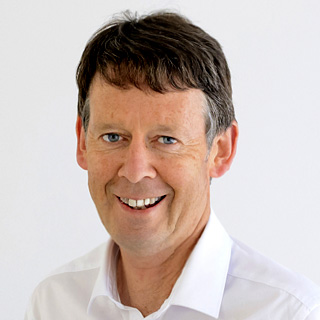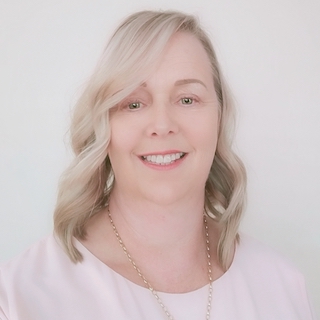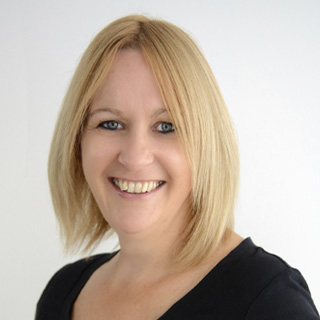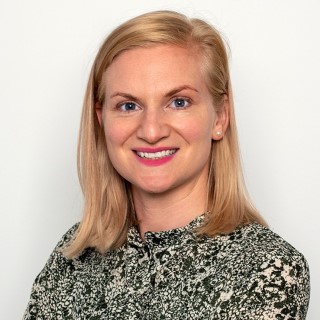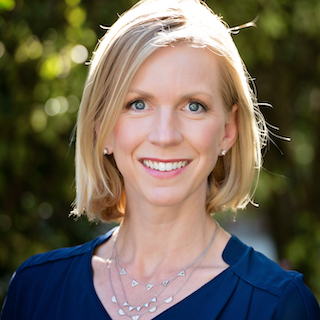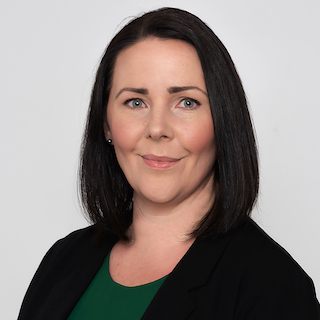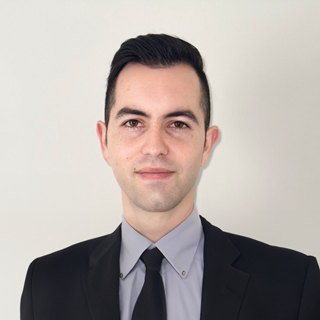
Financial Positioning / Resilience:
The 4 pillars of financial resilience
Bad things can happen to good people
Car accidents or plane crashes and the like are what immediately come to mind when people think about what could go wrong. Earthquakes might be another.
Most people are less inclined to think about cancer, changing economic conditions or the importance of understanding the correct levels of debt servicing.
“Financial Resilience” is about understanding what risks you could face, the probabilities and how to avoid damage and minimise the impact.
Some things are avoidable – so let’s avoid them!
Some things are not avoidable – so let’s prepare!
The 4 pillars of resilience
1. Strong cash flow management
A simple but well thought through spending plan along with a savings plan that allows you to allocate cashflow in the future across the various stages of your upcoming life. That is it.
As an aside, most people are unable to save enough to cater to their future requirements, all the things that they’ll need. That’s okay. Once you know how to invest, you will see that saving money is not the only game in town.
Enough?
To be clear, if you are relying on savings alone to help you get ahead, that’s a risk right there. The risk is that you may not earn enough and / or save enough to have enough in the future either when things go wrong or even if everything goes right.
Use a system to guarantee cash flow management success
Don’t “wing it” with cashflow. A proper system to help you automate cashflow management, to save you time and effort and to help you maximise how much you can save reduces the risk that you will waste money (we call that “slippage”) and that you also avoid not saving what you can.
2. Emergency reserves
Sometimes people think about a funeral that they may need to attend and the money they’ll need to buy an air ticket or the car breaking down.
Others think about unexpected changes in economic conditions or technology disruption.
Of course, short-term emergencies come in all shapes, sizes and forms. The reality is we are not going to predict them. Let’s not even try.
Instead, let’s establish a proper plan that includes a useful amount of money for emergency reserves and build it up over time if we need to start from scratch now.
How much is enough?
Everyone’s situation’s different, however, somewhere between three months and six months worth of income is recommended. What do you think?
A buffer keeps you in control
By having sufficient emergency reserves, we have “wriggle room” and space to make good decisions when we are under pressure. We avoid the risk that we have to touch long-term assets and damage the compounding effect of the growth on those assets – a risk and a real bad idea.
It protects your confidence too
We avoid the anxiety and sometimes, significant stress that can result when unexpected emergencies create an immediate need for cash beyond this month’s income.
If you don’t have any emergency reserves now, let’s set up the cashflow management system. Let’s get the budgeting in hand and slowly build up that cash over time.
TIP: cash and debt are two different things. Using debt as an emergency reserve can work but is not recommended. The days of easy money are all but over – here in New Zealand too! You might get away with it however do you really think increasing your debt in an emergency is prudent and always reliable?
3. Sound debt management
Most people know that too much debt can be a problem. The question is, how much is too much?
Again, this varies from one person to another, from one family to the next.
For example, for those that have strong and high levels of income, servicing debt is unlikely to be much of a problem if debt levels are already low.
The reverse situation where there is limited income and debt is already high requires that everything goes well and nothing goes wrong – an unlikely situation.
• Debt to equity ratio made simple
This just compares the amount of debt (the money you owe) with the amount of equity (the money you own).
Let’s say you live in a house valued at $1mllion and the debt on your house is $500,000. The debt to equity ratio is 50%, half debt and half equity. For those who are defensive, limiting debt to no more than 35% to 40% of the total value of assets (excluding the value of furniture and motor vehicles) could be considered.
For those who are more informed, prefer a more advanced approach and are happy to tolerate changing conditions, borrowings of up to 80% or 90% can be considered (we not recommending it, however, for those who are more aggressive, more advanced, it can work well for them).
Asset Quality
There is also the quality of the asset against which assets are lent.
In New Zealand, banks are mandated to mostly loan against residential property, the idea being that residential housing is a relatively stable asset, which is true. People live in houses and they’re not traded on an open market every day.
The quality of the asset, for those who are more advanced, is another variable to consider. Usually those that like an advanced approach in order to maximise their leverage may consider the bulk of debt against real assets such as property and a smaller amount of debt against other assets whose pricing and value can be more variable.
This is an area to get some advice on if you are not sure.
• The debt servicing ratio made simple
This relates to how much cashflow is available to service debt.
Previously, we looked at total assets, added up all the debt and then worked out the mix.
We are now looking at the ability to service debt – this relates to cash flow.
Again, ratios vary and a good question to ask your bank is what their debt servicing ratio for you is. That way you will know more clearly how to work with your bank and what is possible.
The bottom line is that if those with too much debt fall into difficulties, it is usually the ability to service the debt that becomes the problem. Although not always the case but generally, so long as debt is being serviced, lending institutions are okay when emergencies suddenly strike.
That said, if you are in business, then your situation is more complex and the lending institution will be looking at a greater number of variables beyond just ability to service debt.
However, debt servicing remains a key ratio and one for you to think about as you build your financial resilience to protect yourself against unexpected changing economic conditions or other events that create cashflow strain.
4. Managing the unexpected and serious health event
Becoming very ill. Most people believe that this happens to other people.
Sometimes, unfortunately, we become those ‘other people’. For some, it is survivable. For others, it is not. Either way the consequences can be horrendous.
Most people prefer not to think about it. Therefore poor planning is often the result. Of course, they get away with it – until they don’t.

There are different types of risk. Building this into your resilience plan is useful.
The idea
The idea is to work out what risks you are exposed to and decide which ones to manage, retain, avoid or transfer.
Be Careful
Most people are ill equipped to handle bad things that come their way.
Unfortunately this is often because they carry out their Risk Management Planning based on myths. Therefore, their Risk Management Plan was never going to work. Click here to download the four big myths.
A proper risk management plan that minimises the impact of a serious illness is of limited use for some but critical for others.
The bottom line here is that the tendency of people to bury this area under the carpet, so to speak, or to convince themselves that it is all taken care of works well …. until it doesn’t.
Some get away without the need for a real plan – some don’t.
The real problem is that neither you nor I know which category you’ll be in.
That is why a well thought through risk management plan around serious illness is essential as you build your financial resilience. That way you seriously increase your odds of being resilient, holding your position and getting back on track.
To be clear, what’s the point in accumulating wealth for 20 years only to lose a substantial proportion of it over three or four years because of an unexpected health event!?
This happens more often than you might think.
This type of event can be seriously damaging too.
Okay, if I’m 25 and I’m unlucky enough to fall ill, I may have time to recover but what about if I’m 45 or 55? A lifetime’s worth of wealth accumulation severely damaged would leave me facing an uncertain future at best.
Not only that, the anxiety and stress caused not only by financial woes that emerge is even worse when we consider that anyone in that situation is also dealing with potentially a life-threatening disease.
Financial distress and battling a serious illness are individually damaging and stressful. Can you imagine what your life would be like having to deal with both?
“A proper risk management plan around serious illness – better to have it and not need it than to need it and not have it.”
Questions
The wrong question
• What’s the chances of it ever happening to me?
The right question
• What resources / money will I need if something happens to me?
The wrong question
• How can I cut back and save money on my insurances?
The right question
• How can I fine-tune my insurance programme to maximise protection and minimise costs?
Need help?
Resilience is important because … emergencies and serious difficulty are random.
The Four Pillars:
1) Strong cash flow management. Use a SYSTEM. Don’t “ad-hoc it”
2) Cash reserves: 3 – 6 months income. Wriggle room if an emergency suddenly appears. Avoid using debt as your emergency reserve.
3) Prudent debt management. Use the debt equity ratio and debt-servicing ratio to measure and manage debt.
4) Managing a serious health event. There is no predicting serious illness. Implementing a proper plan early to manage this issue is not optional – just prudent.
The Four Pillars of Resilience can help protect a lifetime of hard work, saving and investing. Remember, there is no going back in time to fix poor planning.
Want to know more?

